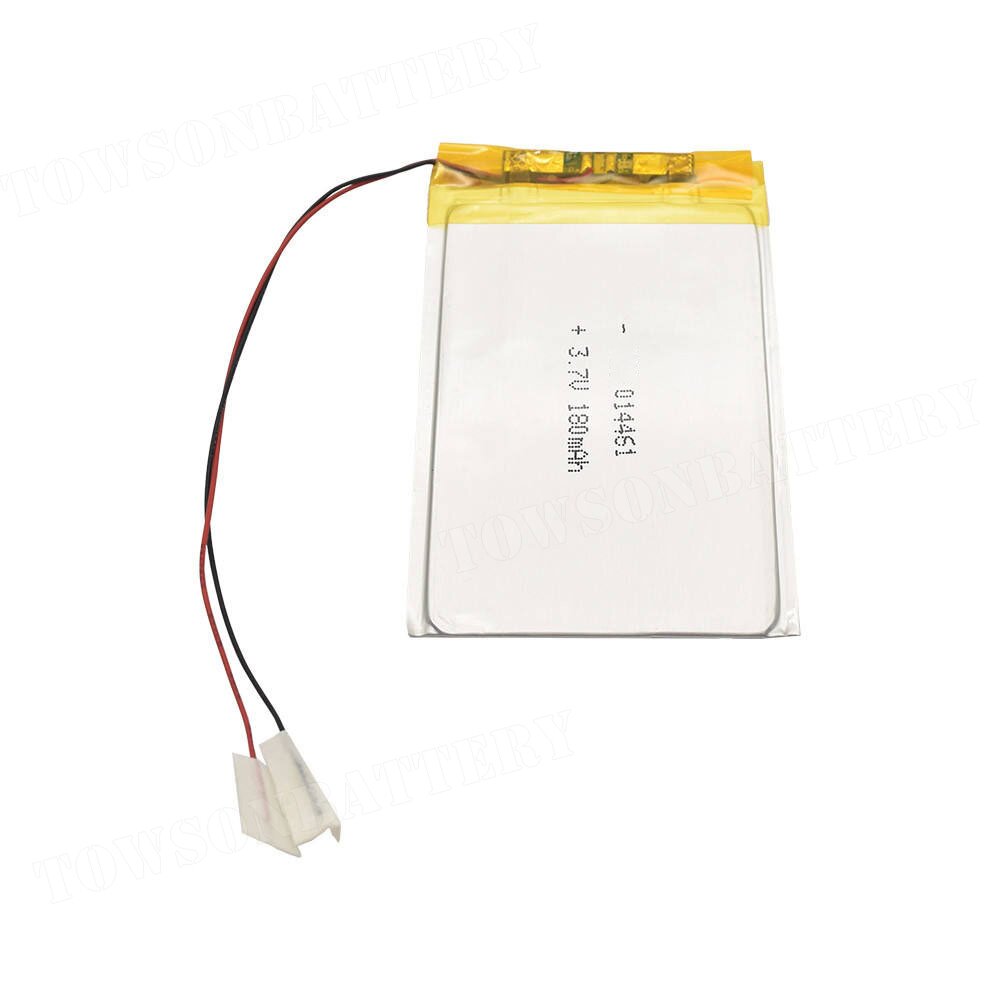Watts, Amps, Volts, and Ohms: The Basics of Batteries
Batteries play a crucial role in our daily lives. They power everything from smartphones to cars. However, for many people, the technical side of batteries can be confusing.
In this article, we’ll cover the basics of watts, amps, volts, and ohms. Now you can better understand batteries, and make informed decisions when choosing one.
Watts, Amps, Volts, and Ohms: A Beginner’s Guide to Understanding Batteries
The concepts of watts, amps, volts, and ohms have been around for over 200 years and have played a crucial role in the development of electricity and our understanding of electrical circuits. The history of these units of measurement begins with Alessandro Volta, an Italian physicist who is widely regarded as the father of electricity.

In 1800, Volta created the first electric battery, known as the Voltaic Pile. It produced a steady flow of electrical current. This experiment marked the beginning of the study of electricity. Furthermore, it paved the way for the development of our modern electrical power systems.

What is an Amp?
The unit of electrical current, the amp, was named after Andre-Marie Ampere. He was a French mathematician and physicist who made significant contributions to the study of electromagnetism. Ampere’s work led to the discovery of Ohm’s law. The law states that the current flowing through a conductor between two points is directly proportional to the voltage across the two points.

Moreover it is inversely proportional to the resistance between them. This law provided the foundation for our understanding of electrical resistance. It has paved the way for the development of the ohm as a unit of measurement.
What is Watt?
The term “watt” was coined in honor of James Watt, a Scottish inventor and mechanical engineer who made significant contributions to the development of the steam engine. Watt recognized the importance of a unit of power that could be used to describe the rate at which energy was being used. Thus the watt was established as the standard unit of power.

The history of watts, amps, volts, and ohms is a story of the pioneering scientists and inventors who paved the way for our modern electrical power systems. These units of measurement have been essential to our understanding of electricity. Without a doubt they have played a crucial role in the development of batteries, electrical circuits, and our modern electrical infrastructure.
What are Watts Explained Simply?
Watts are units of power, and they represent the amount of energy being used over a period of time. To put it simply, watts tell you how much work is being done. For example, a 60-watt light bulb uses 60 watts of power to produce light. The more watts a device uses, the more energy it requires, and the faster its battery will drain.
How Many Amps is 300 Watts at 12 Volts?
To calculate the number of amps a device uses, you can use the formula: Amps = Watts/Volts. So, in this case, 300 watts divided by 12 volts gives us 25 amps. This means that a device using 300 watts at 12 volts uses 25 amps of current.
How Many Watts in 1 Amp?
The number of watts in 1 amp depends on the voltage of the circuit. To calculate the number of watts, you can use the formula: Watts = Amps x Volts. For example, if you have a circuit with 12 volts and 1 amp, the number of watts would be 12.
What is the Difference between Watts and Volts for Dummies?
Watts and volts are often used interchangeably, but they’re actually different units of measurement. Watts measure the rate of energy transfer. Conversely, volts measure the electrical potential difference between two points.
To put it simply:
- volts determine how much energy is available
- watts determine how much of that energy is being used.
Ohms: The Measure of Electrical Resistance
Ohms are units of electrical resistance, and they play an important role in battery usage. A lower resistance means more current can flow, which can be useful for high-power applications. However, lower resistance can also result in higher heat generation, which can reduce battery life. When choosing a battery, it’s important to consider the resistance level to ensure that the battery is suitable for your needs.
The Building Blocks of Electrical Circuits
Understanding how electrical circuits work is crucial when using batteries. A simple electrical circuit consists of a power source (such as a battery), a load (such as a light bulb), and conductors (such as wires) to connect the power source and the load. Understand the basic components of a circuit and how they interact. It allows you to determine the right battery for your needs. Have peace of mind knowing your battery is being used correctly.
Types of Batteries: Choosing the Right One for Your Needs
There are many different types of batteries available, each with its own unique set of characteristics. Some common types of batteries include:
- lead-acid batteries
- lithium-ion batteries
- and nickel-cadmium batteries.
Understand the differences between these types of batteries and their applications. It can help you choose the right battery for your needs.
You may also like our blog on Unlocking the Secrets of Li-ion Battery Charging Voltage.
Battery Maintenance | Keeping Your Battery in Top Shape
Battery maintenance is an important aspect of ensuring that your battery performs at its best and lasts as long as possible. There are a few simple steps that you can take to keep your battery in top shape and extend its lifespan.
Keep Your Battery Clean
Dirt and debris can accumulate on the terminals of your battery. This can prevent it from making a good connection and delivering power to your device. Clean your battery terminals regularly with a damp cloth to remove any dirt or debris.
Avoid Overcharging
Overcharging your battery can cause it to degrade more quickly and decrease its lifespan. Avoid overcharging by monitoring the charging process. Finally, remove the battery from the charger as soon as it reaches full capacity.
Store Your Battery Properly
If you’re not using your battery for an extended period of time, it’s important to store it properly to extend its lifespan. Store your battery in a cool, dry place. Avoid exposing it to extreme temperatures or humidity.
Use the Right Charger
Using a charger that is not designed for your battery can cause it to overheat and degrade more quickly. Make sure to use the right charger for your battery to ensure that it’s being charged correctly.
Avoid Deep Discharging
Deep discharging, or completely draining your battery, can cause it to degrade more quickly and reduce its overall lifespan. To avoid deep discharging, monitor your battery level and recharge it before it reaches a critical level.
By following these simple steps, you can help extend the lifespan of your battery and ensure that it continues to perform at its best. Regular battery maintenance is an important aspect of keeping your device powered and ready to use.
The Importance of Understanding the Capacity of Your Battery
One of the key factors that affects the performance and lifespan of a battery is its capacity. Also known as the amount of energy it can store and deliver. Understand the capacity of your battery. It is essential to see that it provides enough power for your needs, and to last as long as possible.
Battery capacity is usually measured in milliampere-hours (mAh) or ampere-hours (Ah). This indicates the amount of energy the battery can store and deliver over a specific period of time. The higher the capacity, the more energy the battery can store and deliver. Which can be important for applications that require a lot of power, such as powering electric vehicles or running high-powered electronics.
Is it Sufficient?
When choosing a battery, it’s important to consider the capacity and determine whether it’s sufficient for your needs.
EXAMPLE: A battery to power your smartphone has a capacity of 2000-3000 mAh. On the other hand, what if you’re looking for a battery to power an electric vehicle? We suggest you may need a battery with a capacity of 60-100 Ah.
Amperes (A)
Another important factor to consider when choosing a battery is the discharge rate, or the rate at which the battery discharges its energy. Discharge rate is usually measured in amperes (A), and indicates the maximum amount of current that the battery can deliver. The discharge rate can affect the performance of the battery, and a higher discharge rate may be necessary for applications that require a lot of power.
Remember to consider the self-discharge rate of the battery. This is the rate at which the battery loses its energy when it’s not in use. Batteries with a high self-discharge rate will lose their energy more quickly when they’re not in use. Obviously this can affect their overall lifespan.
Related Reading: The Boom of Battery Energy Storage and The Development of Power Batteries.
A Final Word on Batteries, Watts, Amps, Volts, and Ohms
Understanding watts, amps, volts, and ohms is key to making informed decisions when it comes to batteries. You should now know the basics of electrical circuits and how batteries work. So, whether you’re choosing a battery for a DIY project, a tool, or your vehicle, you can make the right choice, And, with proper maintenance, you can ensure that your battery lasts for as long as possible.
But, let’s not forget the fun side of batteries. Ever heard of the infamous battery chicken-and-egg debate? The question of which came first: the battery or the chicken?
Well, with batteries, it’s clear which came first – the egg. You see, without a battery, your electronic devices wouldn’t hatch into the useful tools they are today!
Wrapping it up, it’s clear that batteries play a crucial role in our daily lives. It helps to understand the basics of watts, amps, volts, and ohms, to make informed decisions about batteries.
So, next time you’re scratching your head about all the technicalities, just remember, it’s all about the egg-cellent power of the battery.
You May Also Like:
- What Is A Lithium-Ion Battery Pack | Lithium-Ion Battery Pack Materials And Standards
- Everything You Need to Know About Sodium-Ion and Lithium-Ion Batteries
- Why Do RV Owners Use Lithium-Ion Batteries | RV Solar Power System Guide
- Advantages of Solid-state Batteries and Impact on the Electric Vehicle Industry
- Advantages and Uses of High Energy Density of Lithium-ion Batteries
- Bad Battery Symptoms: Does My Battery Need to Be Replaced
Share
- Ins

Senior Writer at Towsonbattery.com
William, a professional writer and battery energy expert with extensive experience in energy technology, able to provide clear and comprehensive presentations for both novices and experts in the energy field…
 Towson Battery
Towson Battery










